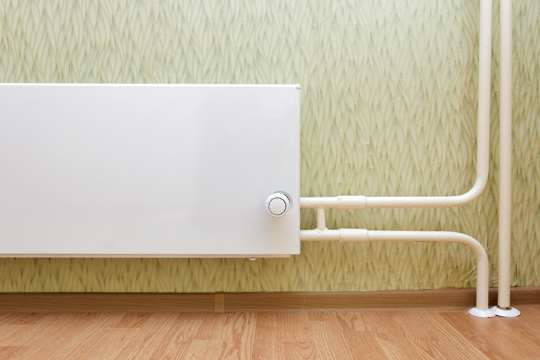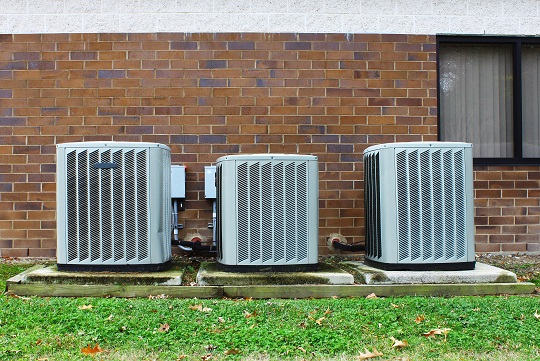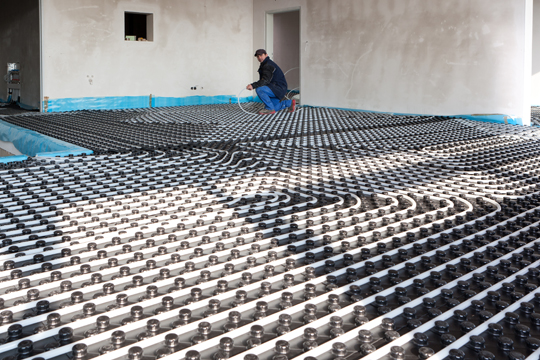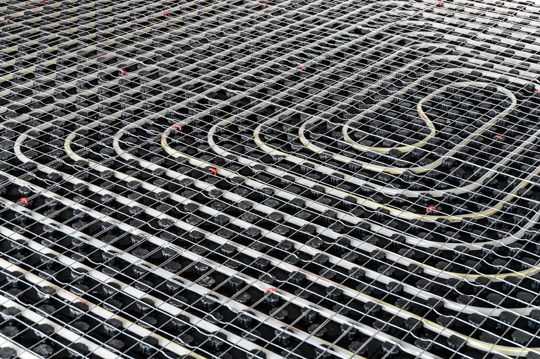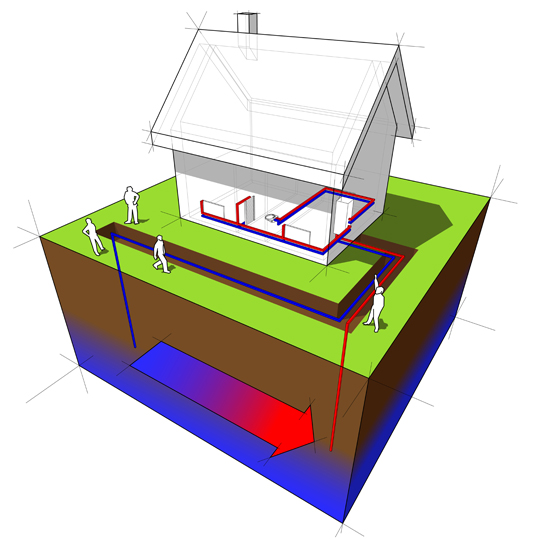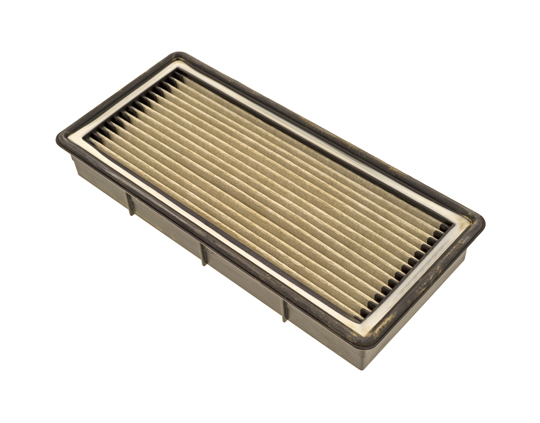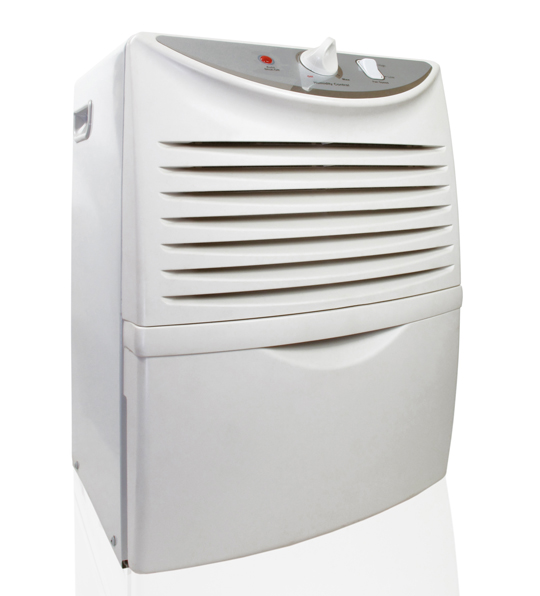Radiant heating systems for homes, or under-floor heating, are heating systems that involve placing tubing under the floor to transfer heat into a room through infrared radiation, as well as convection. They are considered to be more efficient than conventional heating systems because they prevent energy loss. Moreover, this kind of system allows for various fuels to be used, including natural gas, wood, or solar energy.
Radiant systems for homes are considered to be healthier. This type of system is recommended, especially for people suffering from allergies. Unlike other heating systems based on blown or forced air, under-floor heating doesn’t spread dust and other particles inside a room.
How Many Types of Radiant Heating Systems for Homes Are There?
There are two types: electric radiant heating and hydronic heating. The major difference between the two is that the wiring under the floor is heated by electricity in the former case and by hot water in the latter. With an electric radiant heating system, the tubing installed under the floor radiates heat vertically. The electric type is preferred if you want to heat a smaller space, like the bathroom or the kitchen. To heat the whole house, it’s better to go for hydronic heating, which is more efficient.
What Are the Benefits of Radiant Heating Systems for Homes?
– They heat a space uniformly. The whole surface of the floor gets warm due to the ducts underneath. With a forced-air heating system, warm air raises to the ceiling while the temperature on the floor drops. This makes radiant heating more comfortable.
– Insulation increases the efficiency of under-floor heating.
– Radiant heating systems for homes is quiet and invisible, so it is superior to conventional heating systems from this point of view as well.
It’s not always worthwhile to replace existing heating systems, because it involves tearing up the floor. However, if you’re building a new house or if you decide to make important renovations, a radiant heating system might be an option.
Additional Help
If you want to find out more about radiant heating systems, or are considering having one installed, TalkLocal can put you in touch with a qualified professional who can offer you all of the assistance you need.

